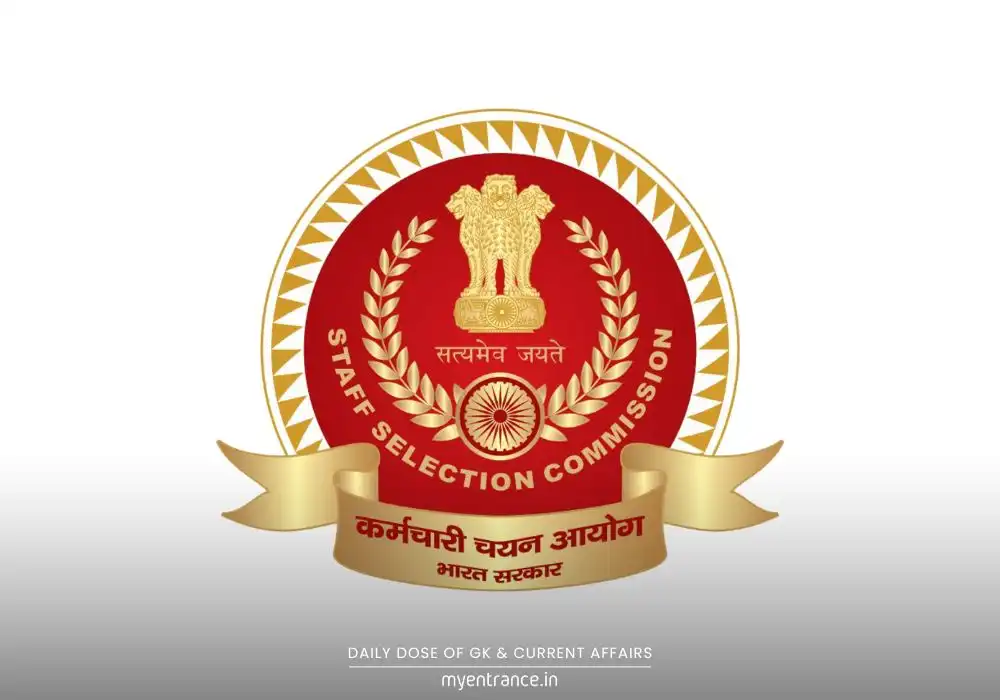Select Language
Managing Sickle Cell Disease During Pregnancy: WHO’s Latest Guidelines
The World Health Organization (WHO) has released its first-ever global guidelines for managing sickle cell disease (SCD) during pregnancy, addressing critical risks for mothers and newborns. These recommendations aim to improve maternal care, reduce complications, and enhance survival rates for women with SCD.

Understanding Sickle Cell Disease (SCD)
Sickle cell disease is a genetic blood disorder where red blood cells become rigid and crescent-shaped, leading to:
Blocked blood flow, causing severe pain (vaso-occlusive crises)
Chronic anemia due to rapid red blood cell destruction
Increased infection risk from a weakened immune system
SCD is most prevalent in malaria-endemic regions, with sub-Saharan Africa and India having the highest cases.
Why Pregnancy Increases Risks for Women with SCD
Pregnancy with SCD can lead to life-threatening complications, including:
Higher maternal mortality rates compared to non-SCD pregnancies
Pre-eclampsia (dangerously high blood pressure)
Miscarriage, stillbirth, or premature birth
Low birth weight and developmental issues in newborns
Early detection and specialized care are crucial to minimizing these risks.
Key WHO Recommendations for SCD Management in Pregnancy
The WHO’s guidelines include 20+ evidence-based strategies, focusing on:
1. Nutritional Support
Folic acid & iron supplements to combat anemia
Hydration and a balanced diet to support fetal development
2. Pain & Crisis Management
Timely pain relief with safe medications
Avoiding triggers like extreme temperatures and stress
3. Infection Prevention
Antibiotic prophylaxis to reduce infections
Vaccinations (e.g., pneumococcal & flu vaccines)
4. Individualized & Stigma-Free Care
Personalized treatment plans based on disease severity
Mental health support to address anxiety and depression
Training healthcare workers to eliminate discrimination
5. Multidisciplinary Approach
A team of hematologists, obstetricians, midwives, and pediatricians should collaborate for:
Regular monitoring of mother and baby
Emergency readiness for complications
Research & Funding Gaps in SCD Care
Despite its severity, SCD remains under-researched, especially for pregnant women. The WHO urges:
More clinical trials to test safe treatments
Increased funding for SCD programs in low-income countries
India’s National Sickle Cell Anaemia Eradication Mission
India has launched a nationwide mission to:
Screen 70 million people by 2025
Develop affordable treatments for tribal communities
Invest in drug research to improve patient outcomes
Future Directions in Maternal SCD Care
The WHO plans to expand guidelines for other chronic diseases in pregnancy, ensuring better healthcare for high-risk mothers worldwide.
Sample Questions & Answers on SCD & Pregnancy
Q1: What is sickle cell disease?
A: A genetic disorder where red blood cells become sickle-shaped, blocking blood flow and causing pain, anemia, and infections.
Q2: Why is pregnancy risky for women with SCD?
A: It increases risks of maternal death, pre-eclampsia, stillbirth, and low birth weight due to blood flow complications.
Q3: What are WHO’s key recommendations for SCD in pregnancy?
A: Folic acid supplements, pain management, infection prevention, and personalized care from a medical team.
Q4: How is India addressing SCD?
A: Through the National Sickle Cell Anaemia Eradication Mission, focusing on mass screening and treatment development.
Q5: Why is more research needed for SCD?
A: Pregnant women with SCD lack safe, proven treatments, requiring urgent clinical trials and funding.
Most Predicted Questions
Comprehensive study materials, Expert-guided tips & tricks, Mock tests and instant results.
Start your SSC, NIFT, NID, FDDI, PSC journey today with MyEntrance, your ultimate online coaching platform.















